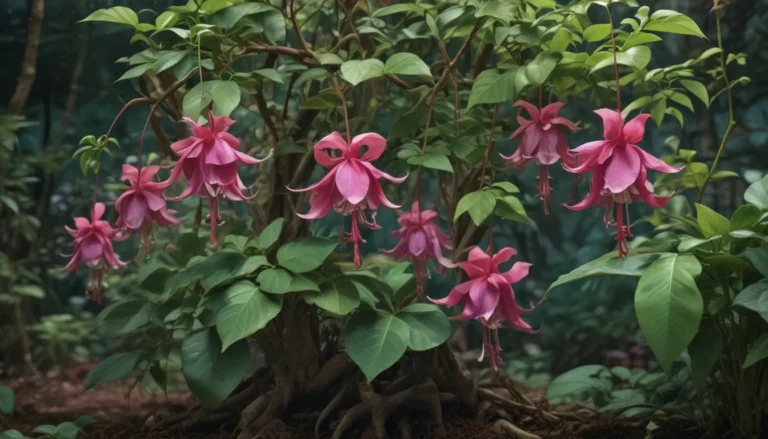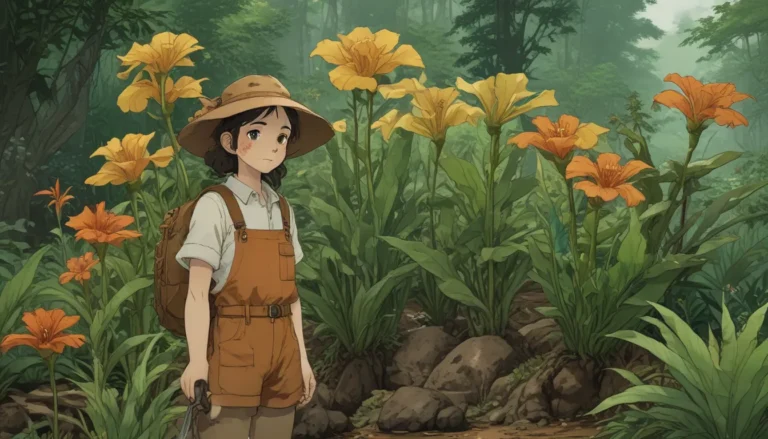Understanding Crown Rot: Identification, Prevention, and Treatment

Are you a gardener who has experienced the disappointment of finding your prized plants suddenly collapsing? One common culprit for this dilemma is crown rot, caused by fungi and water molds that thrive in moist soil. In this guide, we will delve into the intricacies of crown rot, discuss its major causes, and provide valuable tips for prevention and treatment.
What Is the Crown of a Plant?
Before we delve into the details of crown rot, let’s first understand what the crown of a plant is. The crown refers to the part of the plant where the stem meets the roots. In trees, it is the lower section of the trunk just below the soil line. This area is crucial as it serves as the transfer point for nutrients from the roots to the upper, aboveground part of the plant.
Now that you know the significance of the crown, let’s explore the different types of crown rot that affect both herbaceous plants and trees and shrubs.
Crown Rot in Herbaceous Plants
In herbaceous plants, crown rot can often mimic symptoms of drought, with leaves wilting or turning yellow, dull green, red, or purple. There are several common pathogens that cause crown rot in herbaceous plants, including Fusarium, Phytophthora, and Southern Blight.
Fusarium
Fusarium fungi thrive in cool weather conditions and can lead to crown rot in various plants. Different species of Fusarium are specialized for specific plants, causing diseases like Fusarium crown rot on tomatoes, asparagus, and other solanaceous plants. These fungi are omnipresent and challenging to avoid, making prevention crucial.
Initial symptoms of Fusarium crown rot include lower leaves turning yellow and premature dropping, followed by wilting and eventual plant death. Dark brown lesions encircling the stem above the soil line are indicative of Fusarium, with reddish or brown discoloration visible upon cutting open the stem. Managing Fusarium crown rot involves planting disease-free transplants and using sterilized soil in greenhouse settings.
Phytophthora
Phytophthora, also known as water molds, are highly destructive pathogens that cause crown rot in wet soils. Unlike many other pathogens, Phytophthora does not require a plant wound to infect and can impact seedlings, leading to damping off. Minimizing soil moisture through proper drainage and grouping plants based on water requirements can help prevent Phytophthora infections. Certain fungicides and cultural methods can aid in controlling this disease.
Southern Blight
Caused by Sclerotium rolfsii fungi, Southern Blight is characterized by yellow lower leaves turning brown and wilting back to the base. Water-soaked lesions on the stem near the soil line and white cottony fungal threads are key symptoms of Southern Blight. Quarantining infected areas, avoiding the spread of disease, and practicing proper plant hygiene can help manage Southern Blight in herbaceous plants.
Crown Rot in Trees and Shrubs
Trees and shrubs are also susceptible to crown rot, which can have detrimental effects on these prized plants. Prevention tactics such as ensuring proper soil drainage, limiting mulch usage, and preventing injuries from lawn care equipment are essential to safeguard trees from crown rot.
Armillaria
Armillaria is a resilient fungus that causes crown rot in trees and shrubs. Identifiable by fan-shaped fungal threads and dark cankers on stems, Armillaria infections are challenging to treat and can quickly spread to neighboring plants. Early detection and removal of infected soil are key prevention methods for Armillaria crown rot.
Phytophthora
Widespread in soils, Phytophthora infections in trees can pose long-term risks to other plants. Symptoms of Phytophthora include orange or brown discoloration beneath the bark and a downward progression from the crown to the roots. Timely diagnosis and treatment with fungicides can help combat Phytophthora crown rot.
Southern Blight
While Southern Blight does not affect older trees due to their thick bark, it can wreak havoc on younger plants. Recognizable by wilted foliage and white cottony fungal threads on the trunk, Southern Blight is challenging to treat, often leading to plant mortality. Preventive measures such as maintaining proper plant spacing and hygiene practices can aid in managing Southern Blight in trees and shrubs.
Conclusion
In conclusion, crown rot is a serious threat to plants, but with proper preventive measures and early detection, it can be effectively managed. Understanding the various pathogens that cause crown rot, such as Fusarium, Phytophthora, and Southern Blight, is essential for implementing targeted treatment strategies. By incorporating practices like proper soil drainage, mulch management, and vigilant plant monitoring, gardeners can protect their plants from the detrimental effects of crown rot. Remember to stay informed and proactive in combating this common plant disease to ensure the health and vitality of your garden. If you’ve encountered crown rot in your garden, share your experiences and strategies in the comments below!
For more insights on plant diseases, check out these articles:
– Understanding and Avoiding Black Smut Fungus
– What’s the Difference Between Tree Burr Knots (Burl) and Crown Galls?
– What Is Citrus Greening Disease?





